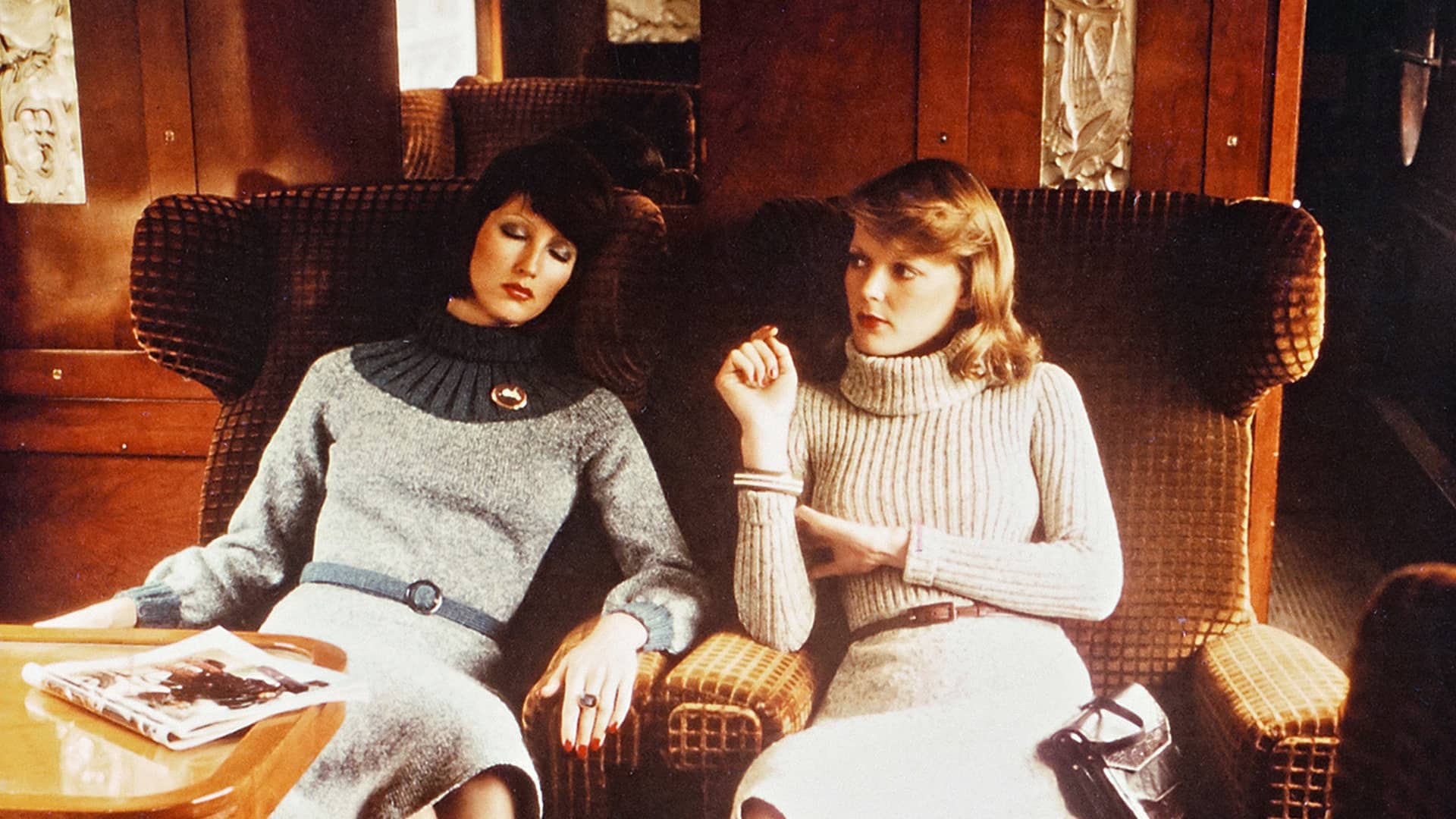Some 130 years after its first voyage, the Orient Express is still a source of fascination. Archival images revealed in the exhibition “Orient Express & Cie” at the Rencontres d’Arles festival, immerse us in the atmosphere of these incredible journeys reserved for a clientele in search of adventure and exoticism.

You’re getting blind.
Don’t miss the best of visual arts. Subscribe for $9 per month or $108 $90 per year.
Already suscribed ?



